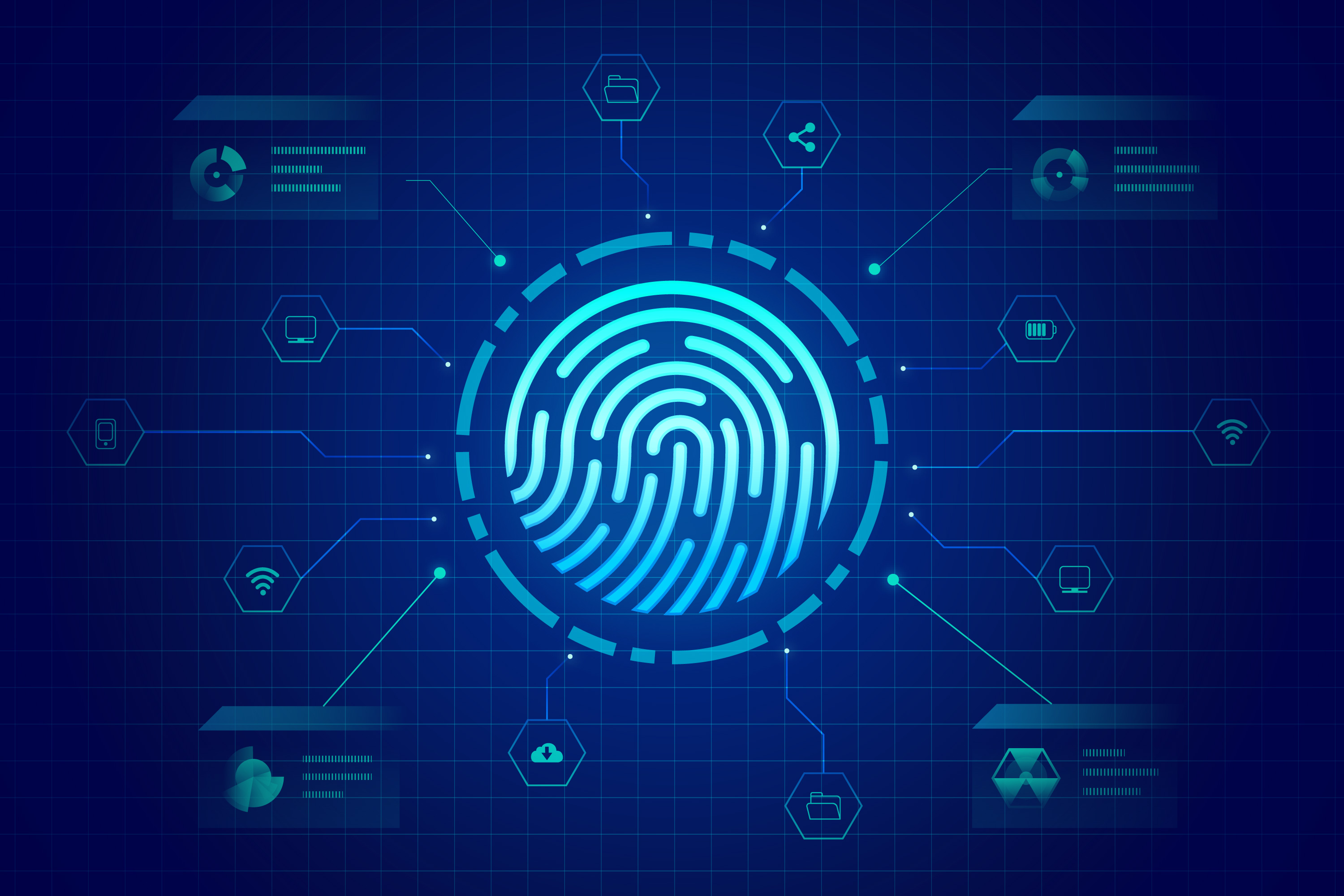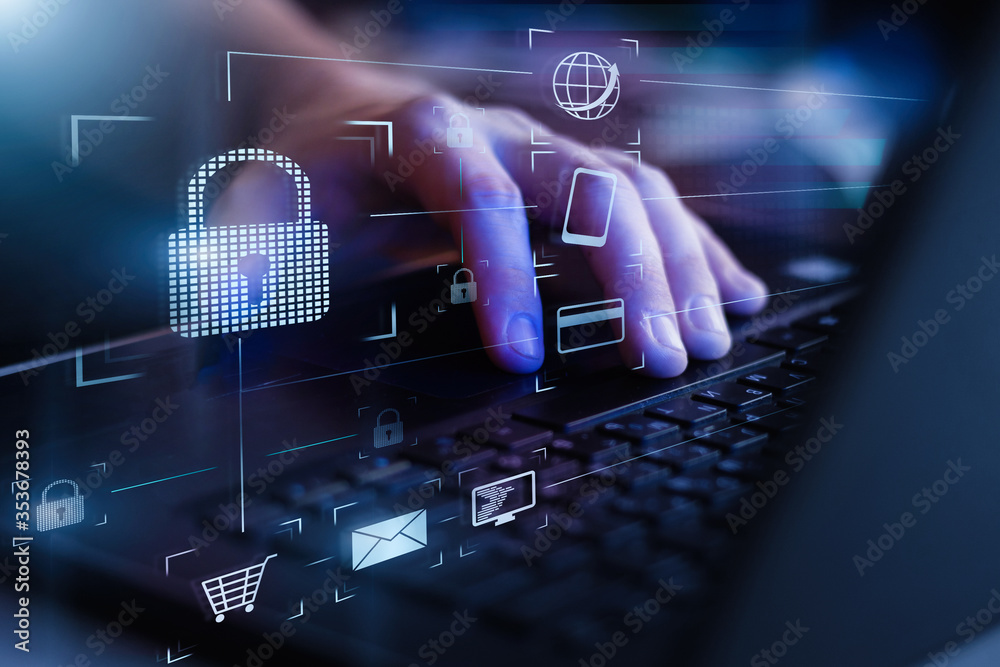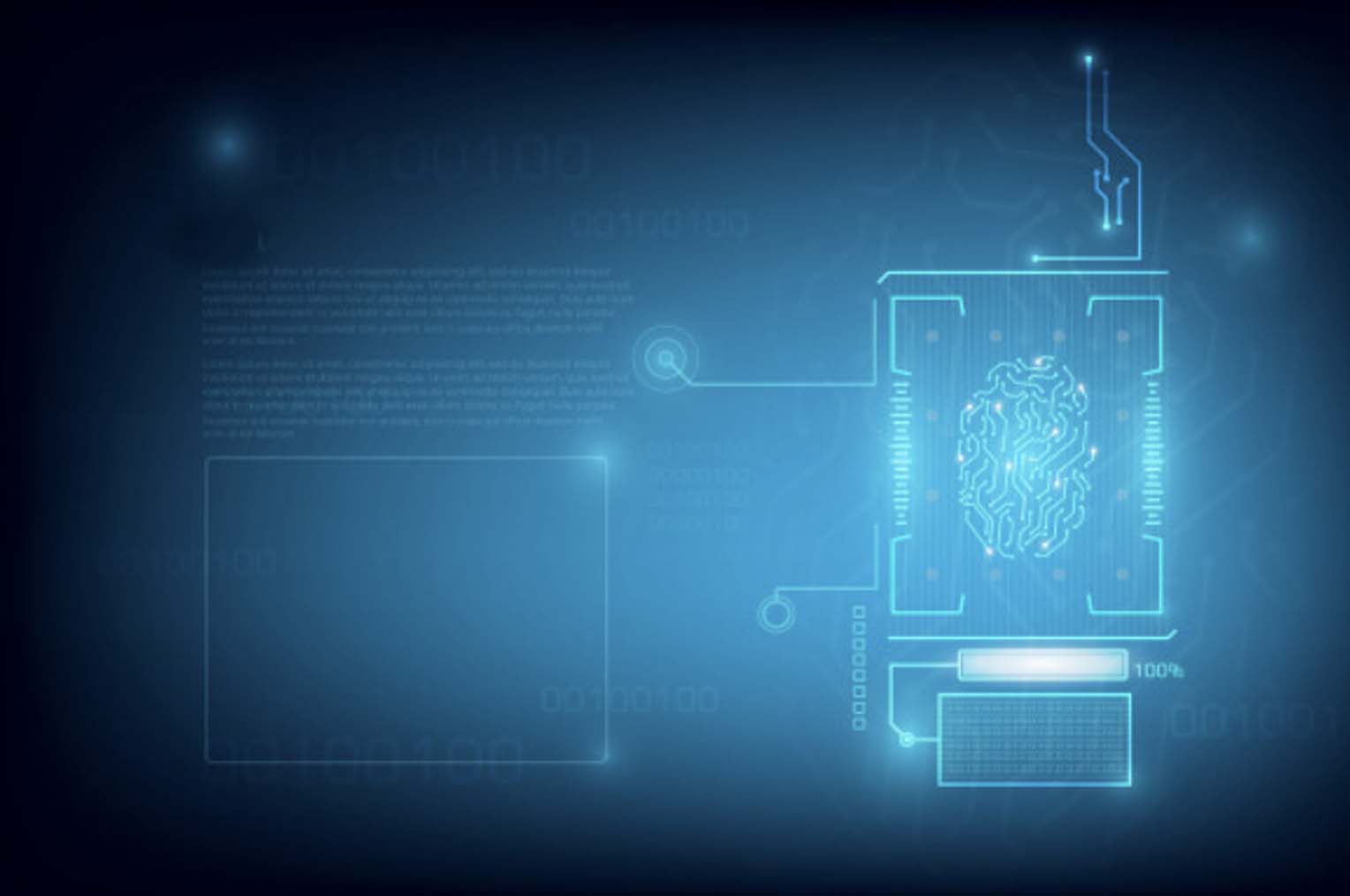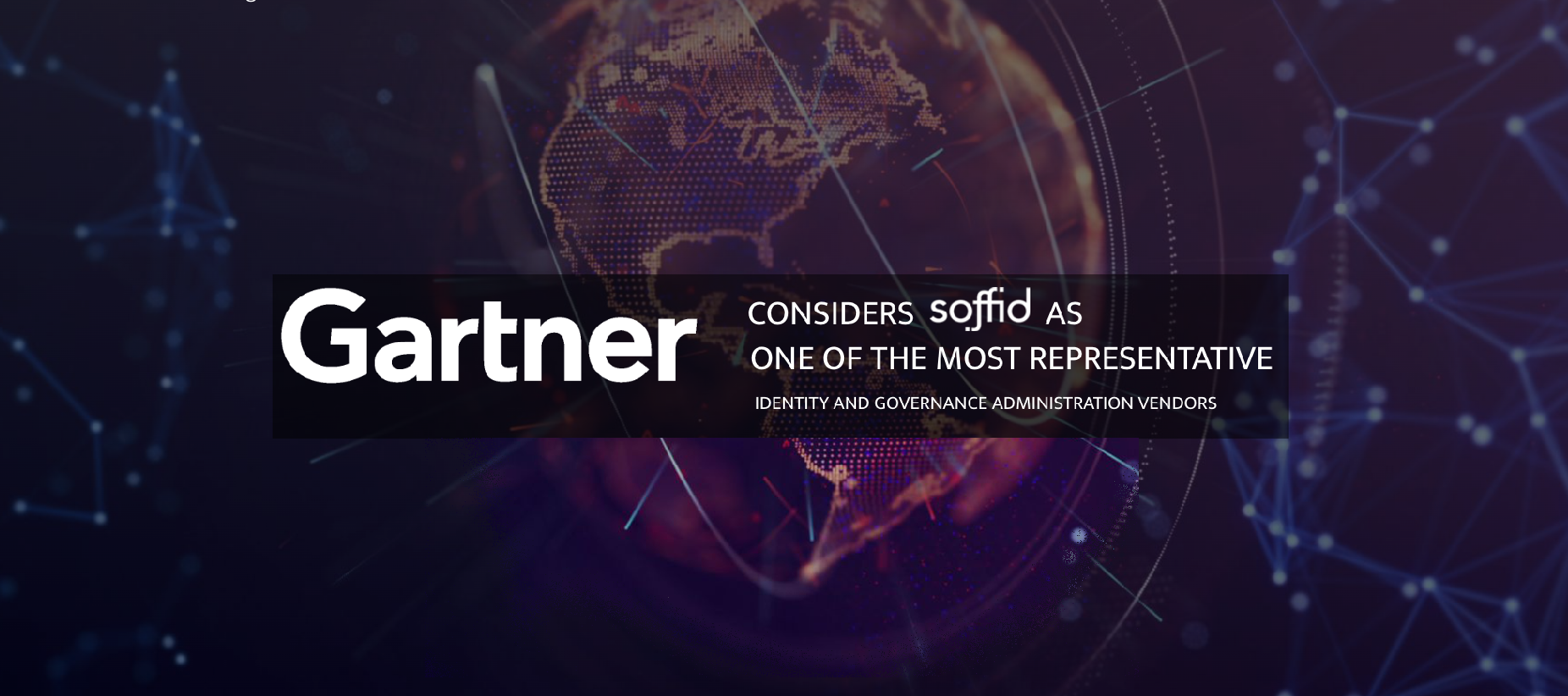
por Rebeca | Feb 10, 2022 | Ciberseguridad, Noticias, Soffid

A convergent approach to enterprise security
Globalization, easy access to information, exponential growth of immigration and society diversity, worldwide political and cultural conflicts, all these phenomenons have impacted the threat paradigm of security that has also been immutably changed by domestic and foreign terrorism, and it is important a convergent approach to enterprise security.
Everywhere you go, organizations are in the middle of some sort of transformation. Whether it’s modernizing the platforms that have been there forever, trying to launch a data center in the cloud, or trying to manage manufacturing or IoT devices more efficiently, the size and shape of our digital footprint is changing. We no longer just have a “digital network”, or “digital services”, we now have an entire “digital ecosystem” and even that keeps expanding.
There’s no denying that we’re living in a time where the cybersecurity threat landscape is increasingly dynamic and complex. The landscape includes cloud-native environments, Infrastructure-as-Code (IaC), containers, secrets management, remote work
These new technologies and practices
Logically require security tooling to help address potential vulnerabilities and respond to threats and incidents when they do occur. However, there is a cost associated with the increased tool introduction and use.
Using multiple security applications results in identity sprawl. When a company uses siloed systems to manage its security risks without synchronizing them all, it creates a different identity for each application user. Few applications do not connect with the central server, forcing organizations to manage multiple identities.
Many organizations using cloud services have to suffer through various identity management. Organizations need to resolve identity sprawl issues to strengthen their cybersecurity and maximize security alerts. As every identity requires different credentials and passwords, it is impossible to keep track of them. Therefore, companies use the same passwords and account credentials for every application, pushing them to credential-stuffing.
If a company’s one application is targeted and breached, the attackers will gain access to the rest of the security applications and then sell this information on the dark web. From here, threats snowball, leaving the organization vulnerable to considerable brute force and hybrid attacks.
But how to have a convergent approach to enterprise security?
Product sprawl wastes many resources as the IT teams have to work overboard in software maintenance and individually train every employee to use all security products. It also wastes valuable time finding, opening, navigating, obtaining vital information, and switching between multiple products.
Product sprawl negatively affects individual and team productivity. When the teams have to operate numerous applications, it reduces the opportunity to work together and stay on the same page. Moreover, the transition from existing tools also becomes impossible as it requires training sessions to get them up to speed with every software.
What about Convergence?
We can define Convergence as the identification of security risks and interdependencies between business functions and processes within the Enterprise, and the consequential development of managed business process solutions to address those risks and interdependencies. This definition captures a significant shift from the emphasis on security as a purely functional activity, to security as an “added-value” to the overall mission of business. This is an
t starting point because it essentially changes the way the concept of security is positioned within the enterprise.
Future and approach to enterprise security
Managing the successful convergence of information and operational technology is central to protecting your business and achieving crucial competitive advantage
Identity Governance and Administration is– and to have effective security must be– that common meeting point of many different security disciplines.
To efficiently and effectively draw the security perimeter, it makes more sense to have a single, holistic view of organizational identities where you can determine policy, view posture, enact compliance, and respond to risk.
GRC (Governance, Risk Management, and Compliance) is the future of cyber security. A well-thought GRC strategy improves security objectives by better decision making, information quality, and team collaboration.
Cybersecurity platforms – A convergent approach
Makes it easy to transition new employees without extensive training. As the previous cybersecurity system needs to be manually monitored and tracked, GRC has automated firewalls. High-quality antiviruses and firewalls make businesses more secure, catching and destroying viruses before they breach the central data platform.
For organizations that are already worried about their cybersecurity incident response preparation. Once the accelerated pace of migration to the cloud brings on new and unique challenges. So in an attempt to close these security gaps, organizations spend on the latest cybersecurity tools.
Some special accounts, credentials, and secrets allow anyone who gains possession of them to control organization resources, disable security systems. Access vast amounts of sensitive data. Their power can provide unlimited access, so it’s no surprise that internal auditors and compliance regulations set specific controls and reporting requirements for the usage of these credentials. Interconnected IT ecosystems streamline business processes but often obfuscate core risks that need to be identified. Analyzed, and monitored to create an enterprise Governance, Risk, and Compliance (GRC) vision. Soffid is is equipped with federation functionalities, privileged account management, low level permits, separation of functions and recertification processes.
Final words about enterprise security
Our intelligent analytics continuously monitor for and identify new access. Risks while providing native connectors with GRC solutions so risk managers can create holistic enterprise risk management strategies.
Sources:
(1) riskandcompliancemagazine.com
(2) Pwc
(3) Deloitte
Picture: <a href=’https://www.freepik.es/vectores/fondo’>Vector de Fondo creado por freepik – www.freepik.es</a>

por Rebeca | Abr 21, 2021 | Recursos, Soffid
The rise in remote-work has accelerated the need for organizations to change how they do business. One of the biggest challenges they face is having visibility in securing the business without compromising workforce productivity and user experience. They also face regulatory compliance pressures, with 66% of organizations expecting to spend more in this area.
IGA is the branch of identity and access management that deals with making appropriate access decisions. It allows your company to embrace the benefits of hyper-connectivity while ensuring that only the right people have access to the right things at the right times. When it’s done right, IGA makes security easier and gives you valuable insights about employee activity and needs.
The digital workplace brings constant change, innovation, and technology updates. In this new work environment, employees must be agile and innovative to meet customer expectations for a superior experience, and organizations must empower employees to make the right decisions and find new business opportunities.
The challenge for organizations is to attract and retain the right people with the right skills for the digital workplace—and give them the right digital tools to boost their productivity.
The benefits of moving to a digital workplace far outweigh the costs. These benefits include attracting the best talent; increasing employee productivity, satisfaction, and retention; and using cutting-edge communications tools. For the organization, the digital workplace breaks down silos and other barriers to employee productivity. At the same time, digital transformation brings more significant information security challenges, such as increased vulnerabilities that attackers can exploit.
The right identity governance and administration (IGA) solution can help an organization implement a zero-trust framework to enable the digital workplace. IGA bolsters the zero-trust security model by managing access based on profiles of users, devices, and services. It provides visibility into user identity and privileges, and it controls access to apps and data, thereby minimizing damage from attacks.
IGA also provides visibility into cloud-based applications. An IGA solution can automate provisioning and deprovisioning for the joiner, mover, and leaver scenarios. The joiner scenario is when the employee is first recruited, the mover is when the employee moves to another position within the company, and the leaver is when the employee leaves the company. By automating the process for each scenario, organizations can avoid mistakes often caused by manual processes. These mistakes can lead to additional costs as well as security breaches.
IGA also provides a role-based access policy. The access granted is based on the role that the employee performs in the organization. He or she is only allowed the access required by that role. When the employee changes roles, the access changes accordingly.
Do you need help with digital access management in your company? we can help you






